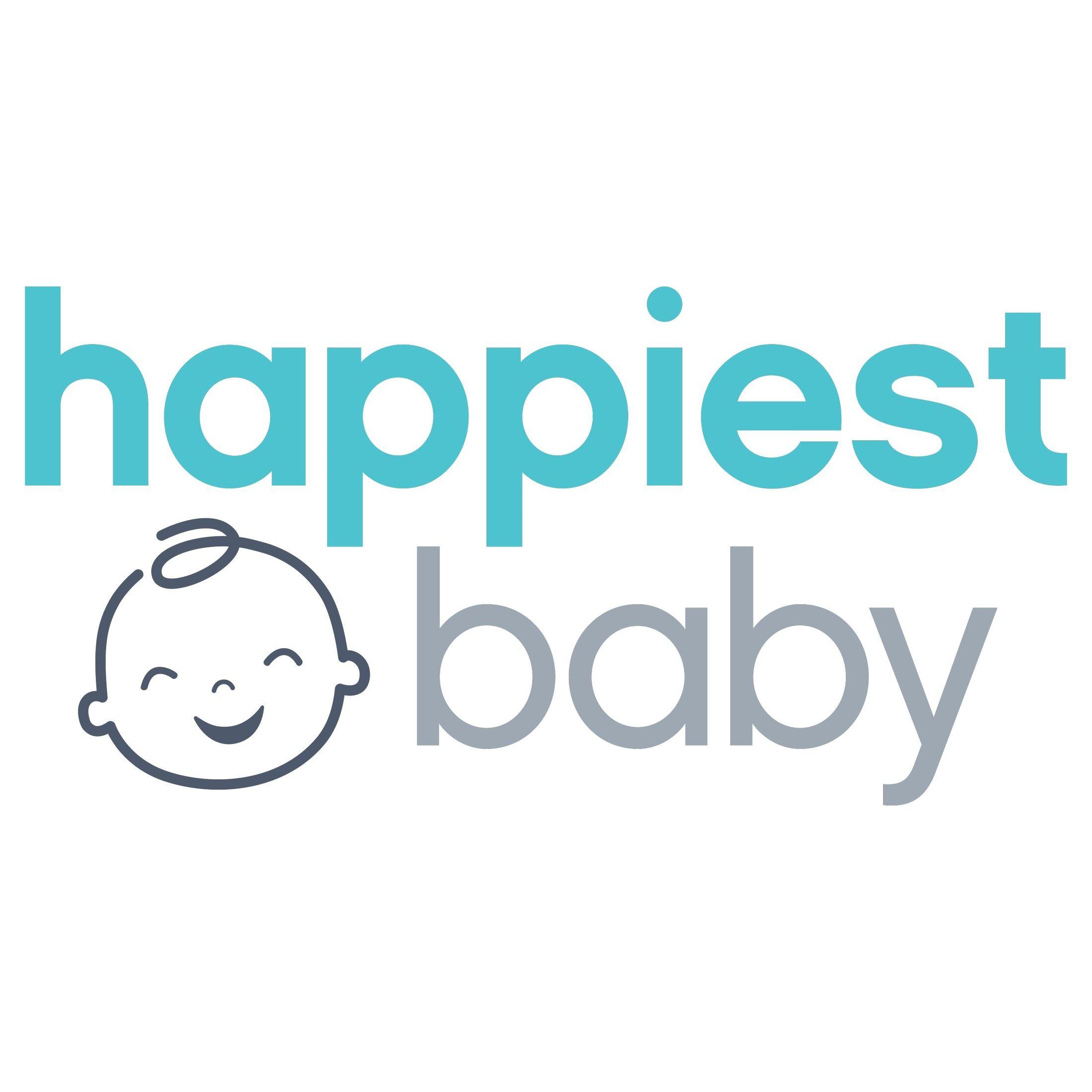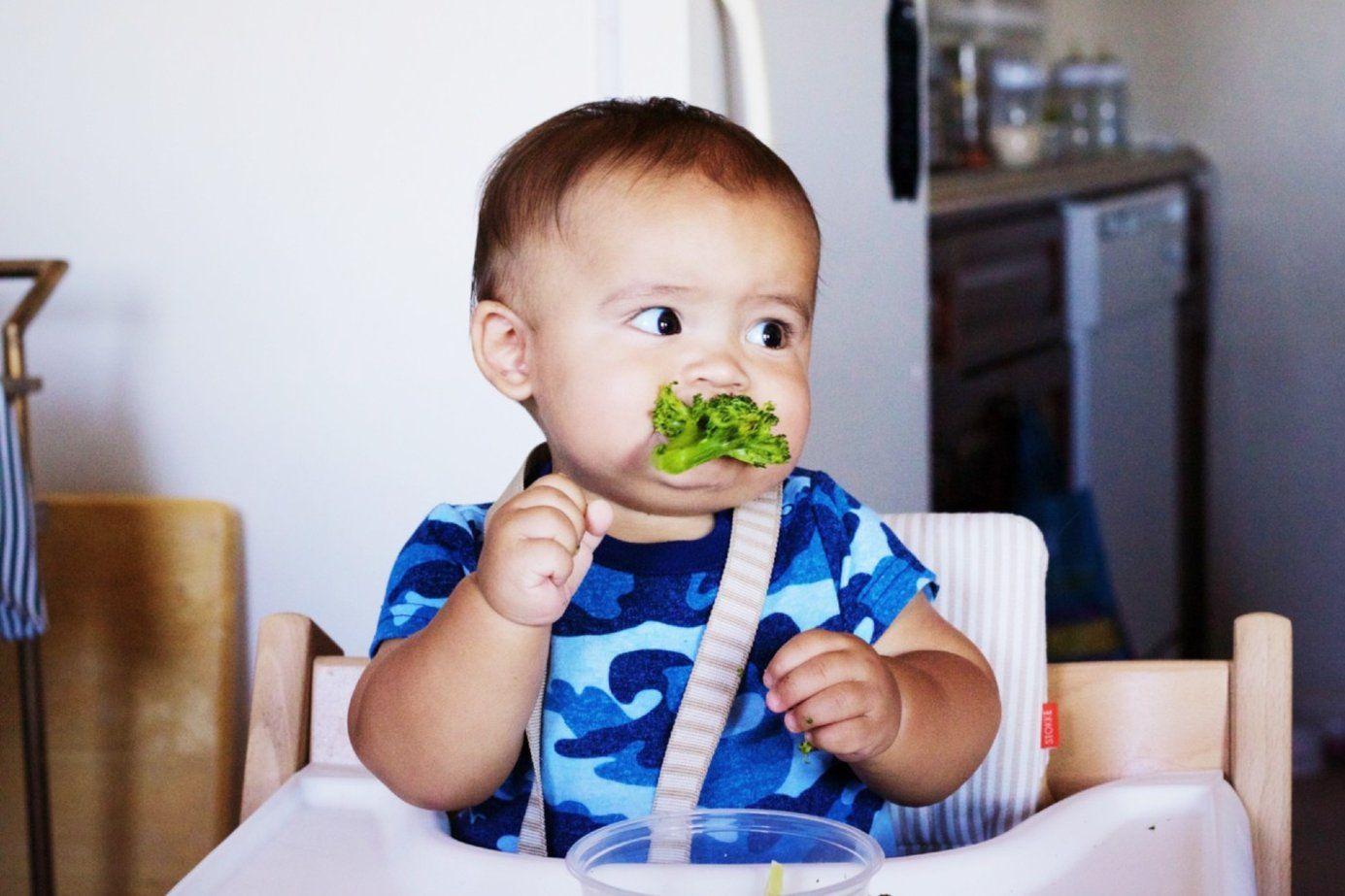BABY
Should I Try Baby-Led Weaning?
So your little one is ready to graduate to solids…but what do you feed your baby now?

Written by
Happiest Baby Staff

SHARE THIS ARTICLE
PARENT PICKS
Bestsellers
BABY

Written by
Happiest Baby Staff

SHARE THIS ARTICLE
Bestsellers
After months of a steady breastmilk and/or formula diet, there will come a time when your little one is ready to graduate to real food (hooray!). But with this big milestone comes the big question: What do you feed your baby now?
Though purees have long been a baby-food staple, since 2008 Baby-Led Weaning (or BLW for short) has exploded in popularity thanks largely to a book called Baby-Led Weaning by Gill Rapley and Tracey Murkett. The BLW approach gives babies a leading role in what they eat. Instead of you spoon-feeding pureed foods to your child, your child will eat soft, finger-sized pieces of whole food. Basically, you provide the gastronomic opportunities…then stand back while your baby explores what is on their plate.
When parents introduce babies to solid foods at around age 6 months, they give their children a non-pureed—but baby-friendly—version of whatever the grown-ups are eating. The key is that the food has to be big enough for the baby to grip it—and for it not to be a choking risk—and soft enough for them to bite it. From here, little ones can learn to pick up food with their hands and experience its smells, tastes, and textures.
The idea is that kids who learn to appreciate foods at the very beginning of learning to eat solids will eventually grow up to be good eaters with an appreciation for a wide variety of food types. There is some anecdotal evidence that kids who learn to eat solids through the BLW method will be less likely to become picky later.
Some possible benefits of baby-led weaning include:
Babies are usually developmentally ready to start solid foods around 6 months of age. Typically, first foods include pureed veggies and fruits or infant cereals. But with baby-led weaning, babies tend to start eating single-ingredient whole foods (think: melon slices, avocado spears, or roast sweet potato wedges) and then move on to mixed foods (a version of whatever is on the family’s dinner table).
Signs that your baby is ready to eat solid foods include:
With minimal preparation, just about any food can be given to a baby who is using the BLW method. That said, there are some safety tips to keep in mind.
Parents’ biggest hesitation with BLW is that a baby will choke—which is understandable! However, babies come hard-wired to learn how to eat. It is typical and expected that babies may gag, make choking sounds, or cough from time to time when encountering new foods. The important thing is to stay calm and not show fear because your child will learn to become afraid of the natural gagging reflex.
The reality is that while kids will probably gag and spit up, they are not likely to choke. A study in the United Kingdom found that out of 155 babies fed by BLW or by spoon, parents reported that 93.5% never had a choking experience. Research also shows the risk of choking is the same for both babies fed BLW style and by spoon. That said, it is wise for all parents to take a CPR class to learn the signs of choking and the life-saving steps to intervene.
Since food plays such a rich part in family culture, introducing your baby to solid foods can feel like a significant and exciting milestone for the whole family. Here are some tips to help your little one succeed:
Fans of baby-led weaning tend to be very enthusiastic, but when it comes to feeding your family, do not feel like you have to take an all-or-nothing approach. You might find that a mix of purees and baby-led-weaning-style foods is best for your bub. There are plenty of ways to nourish your child and teach healthy eating habits outside of baby-led-weaning, too. The important part is that you are introducing lots of flavours and textures and nutrient-dense foods.
This article has been reviewed by Gabrielle McPherson, MS, RDN, LDN.
Disclaimer: The information on our site is NOT medical advice for any specific person or condition. It is only meant as general information. If you have any medical questions and concerns about your child or yourself, please contact your health provider. Breastmilk is the best source of nutrition for babies. It is important that, in preparation for and during breastfeeding, mothers eat a healthy, balanced diet. Combined breast- and bottle-feeding in the first weeks of life may reduce the supply of a mother's breastmilk and reversing the decision not to breastfeed is difficult. If you do decide to use infant formula, you should follow instructions carefully.